Abstract
Elimination of the onchocerciasis vector Simulium neavei through larvicidal operations in focal areas of Kenya in 1946, 1953, and 1955 achieved complete interruption of transmission. Since no treatment was administered to the infected population, the areas provided an opportunity for studying the natural course of the infection in man in the absence of reinfection, with particular emphasis on its average duration and the effect of duration of exposure to the infection. In a follow-up survey conducted in 1964 in four focal areas, approximately 2000 people were examined parasitologically and clinically; slightly over half this group were also given a thorough ophthalmological examination. The results showed that, 11 years after interruption of transmission, live Onchocerca volvulus adults were present in nodules and microfilariae were present in the skin; after 18 years, however, microfilariae were no longer found in the skin. Assuming that in hyperendemic areas parasites are acquired until shortly before interruption of transmission, it can thus be postulated that O. volvulus worms lose their reproductive potentiality after 16 years or possibly earlier. A comparison of recent microfilarial rates with adjusted rates found in earlier surveys seems to indicate that the onchocercal infection, after interruption of transmission, follows a straight regression line, theoretically reaching zero after about 13-17 years.
Full text
PDF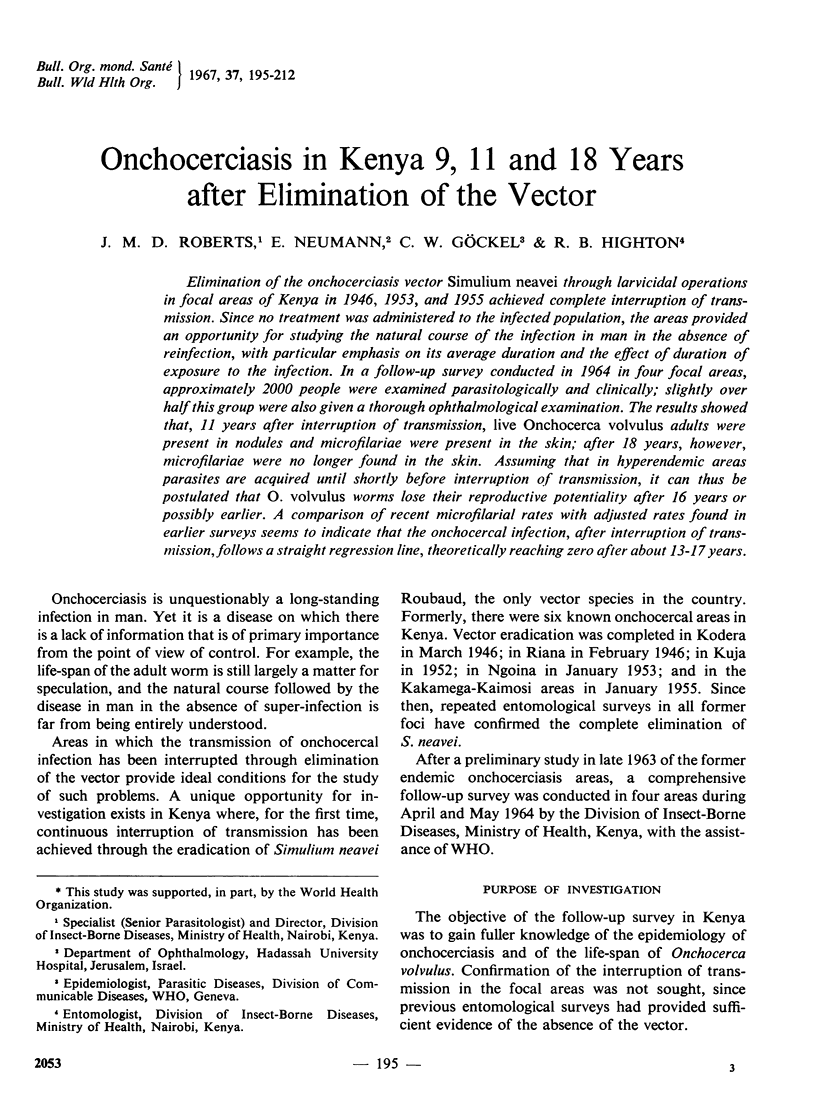
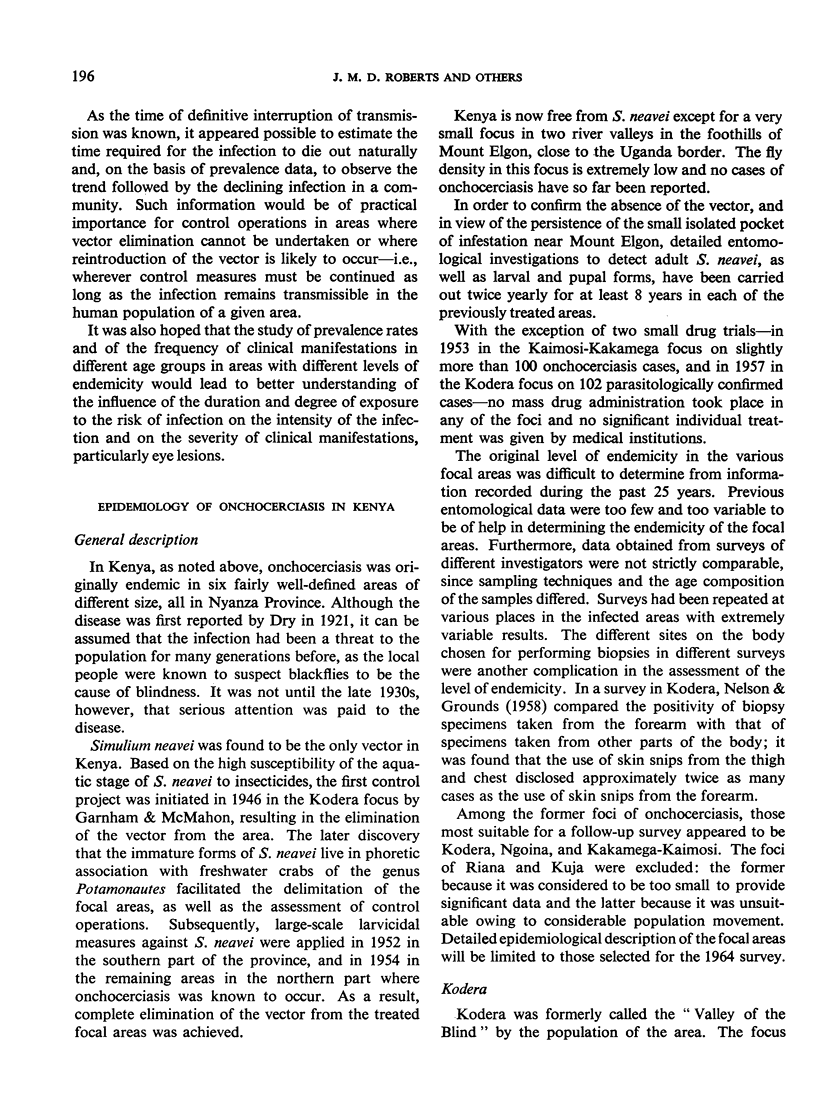


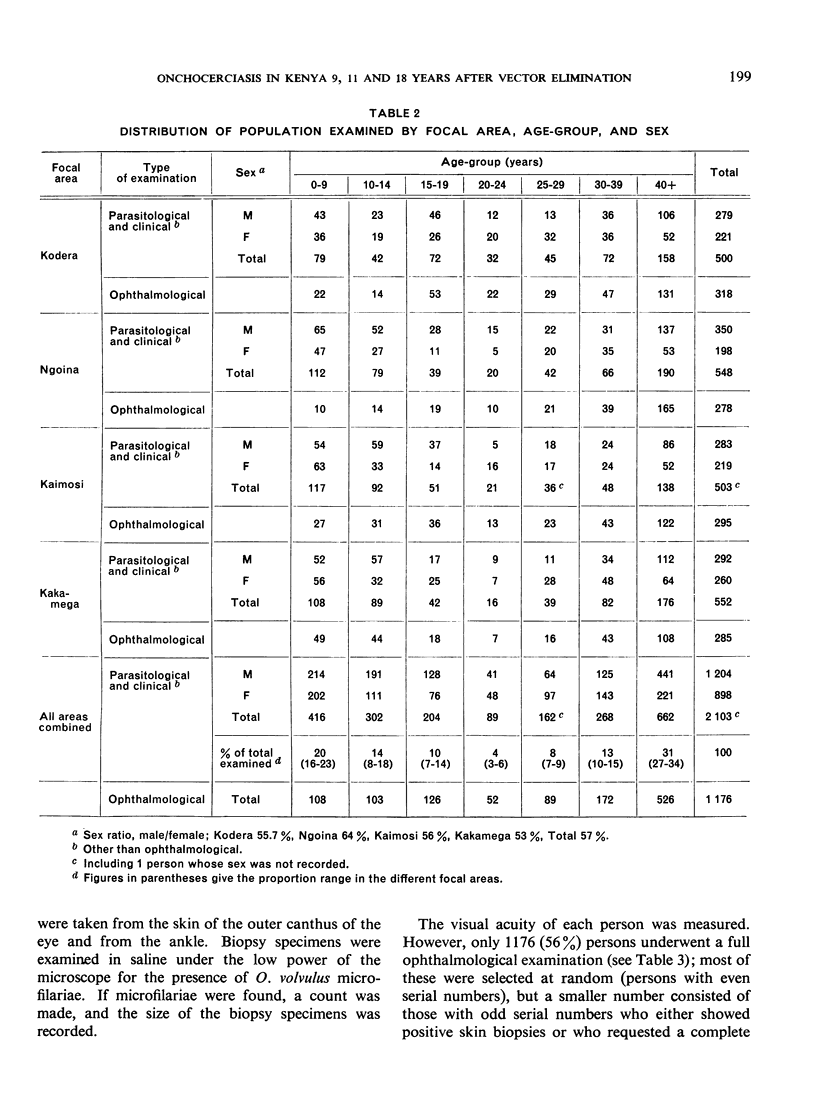
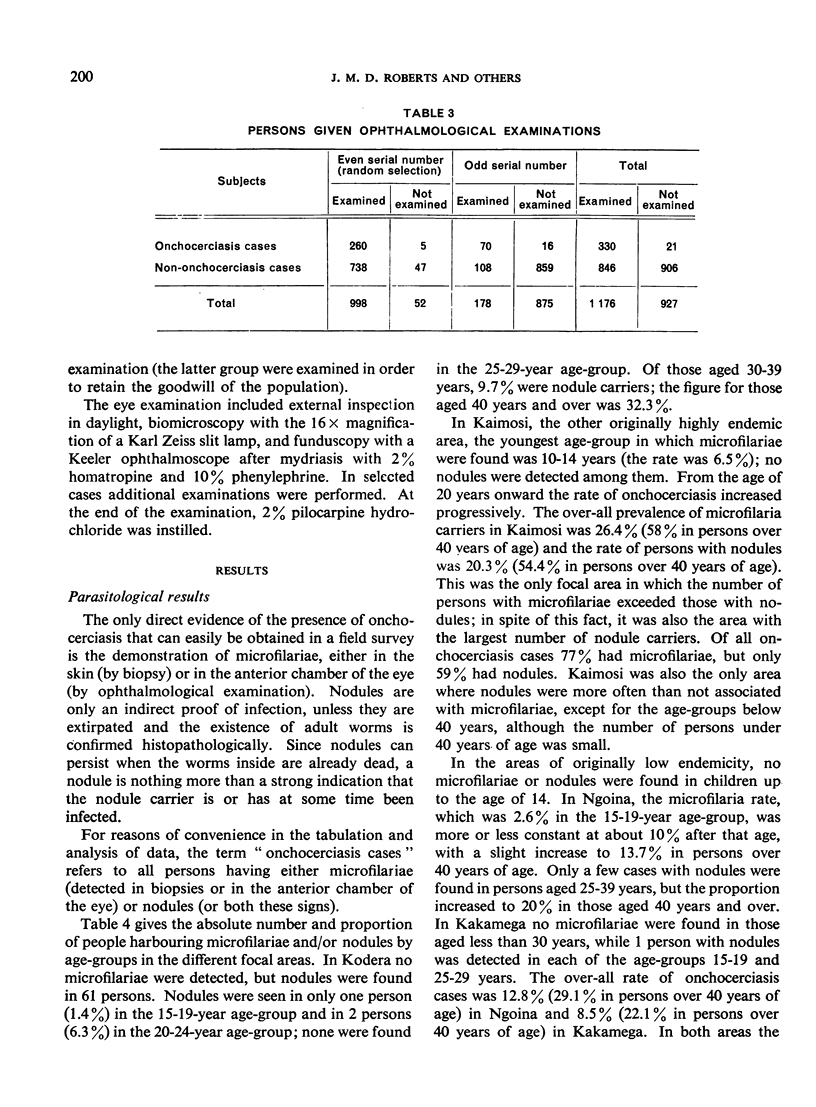

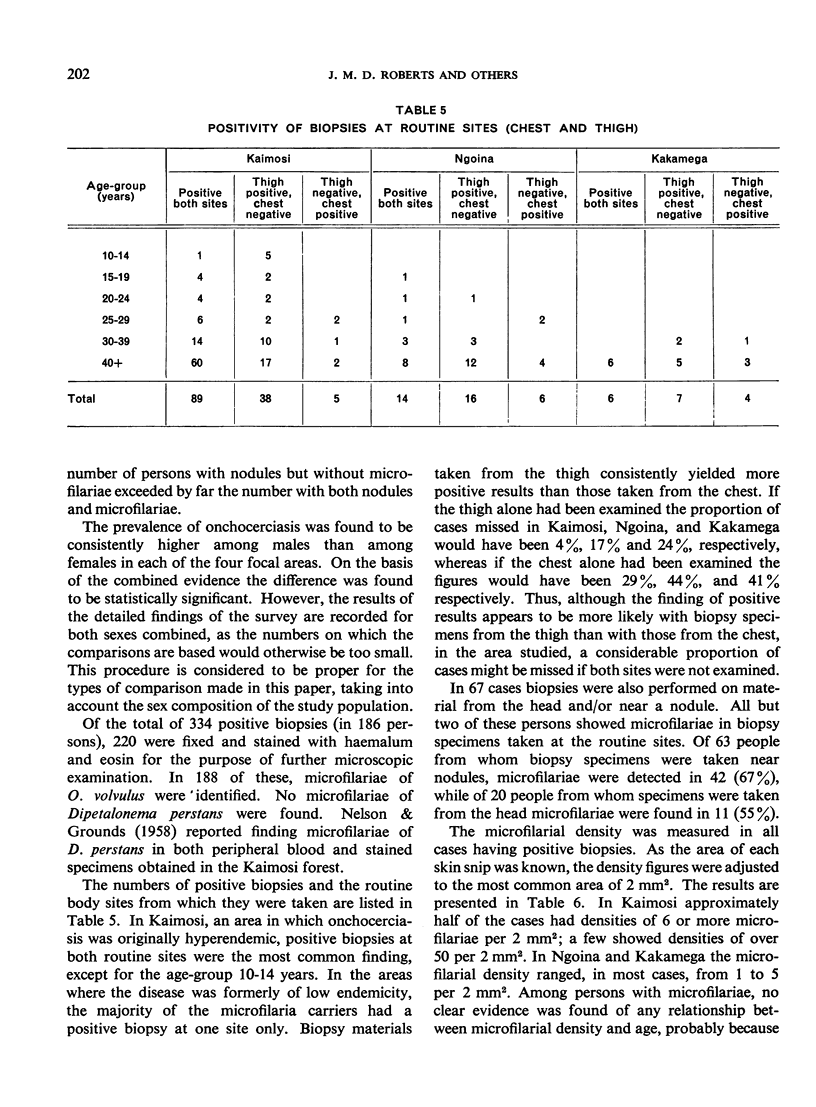
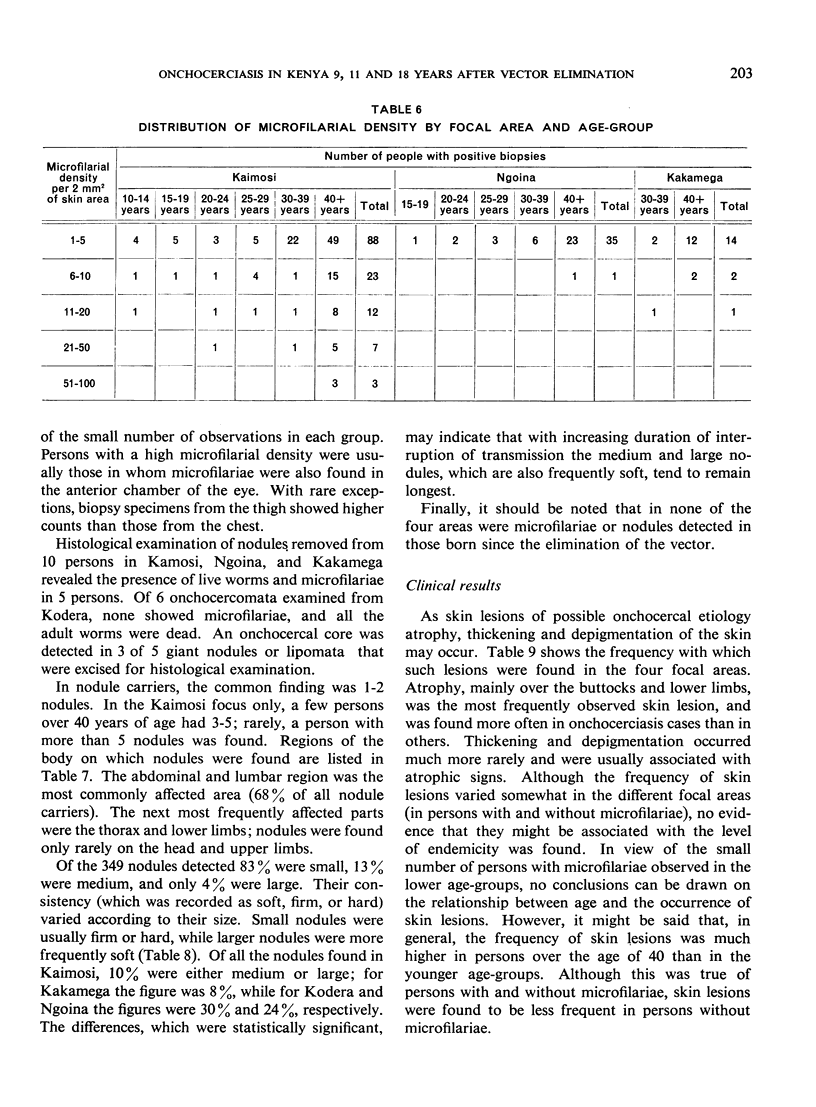
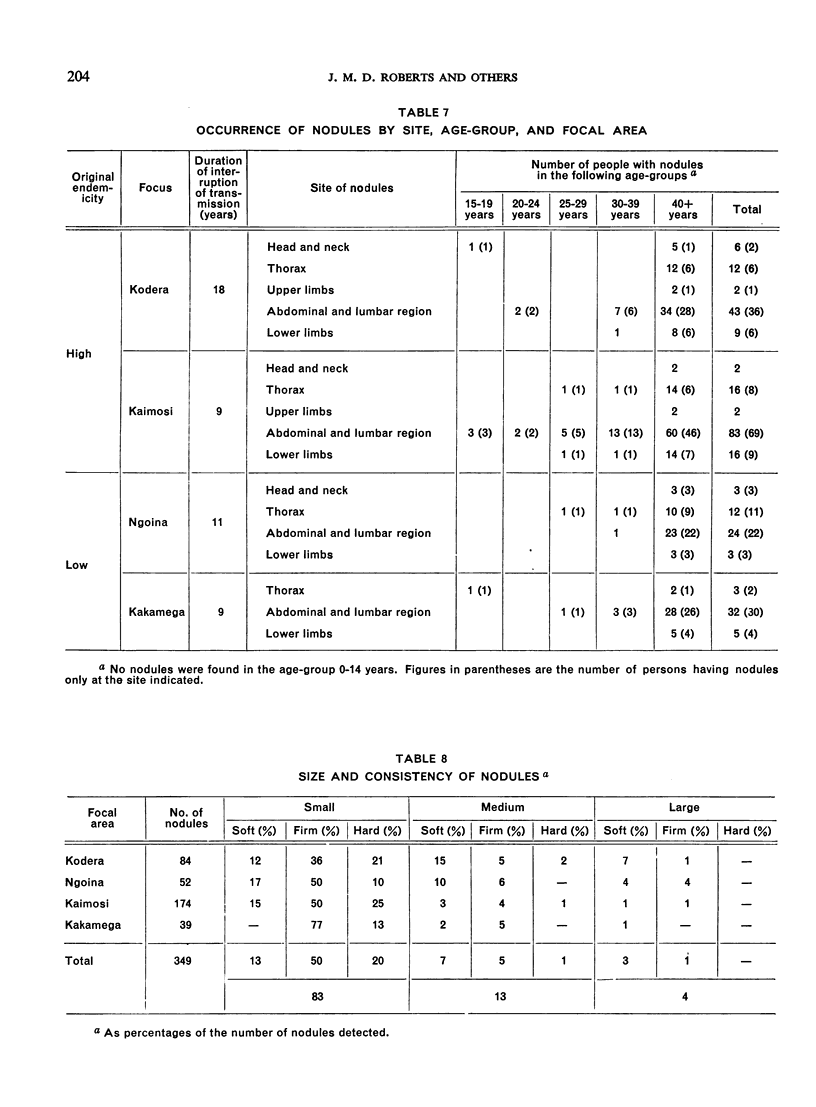
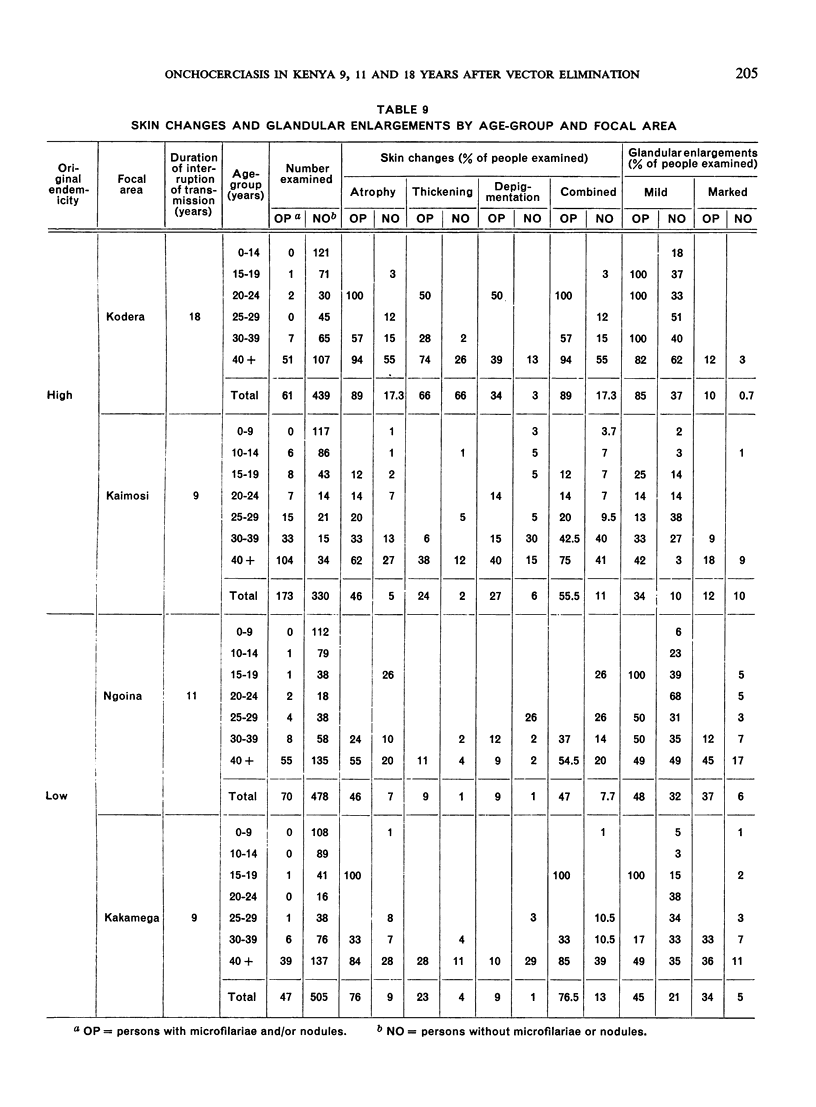

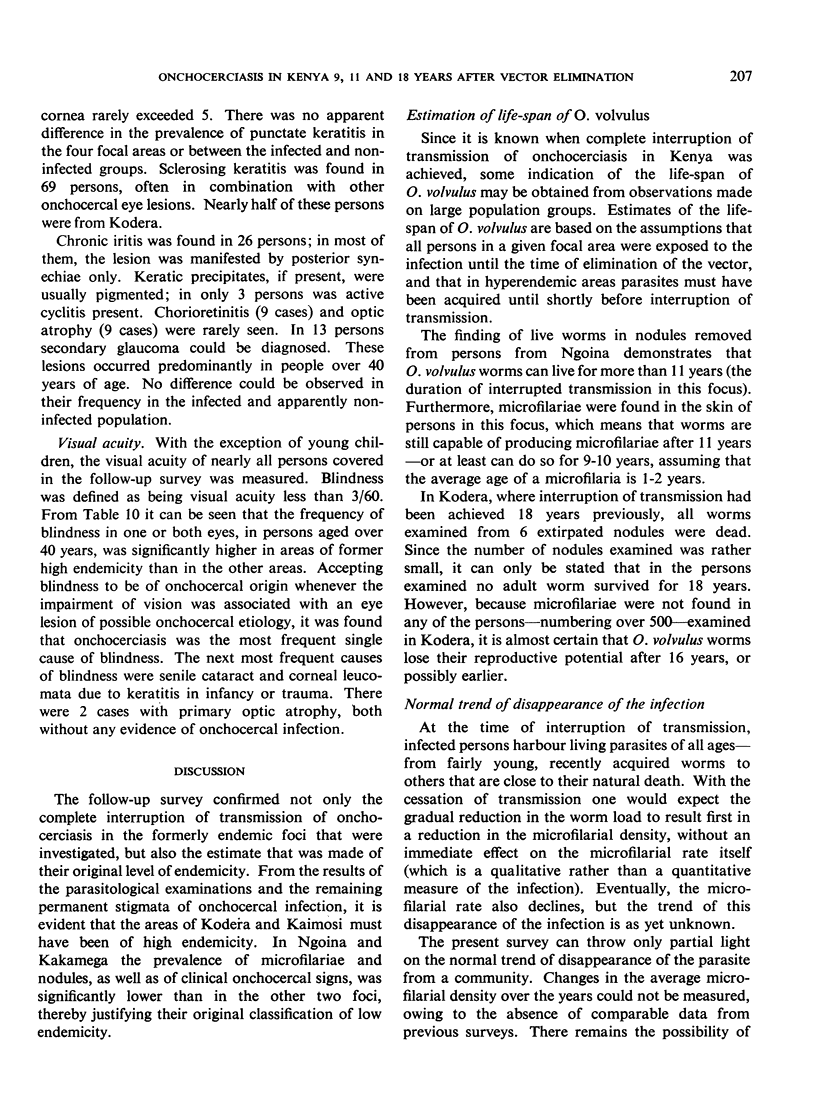
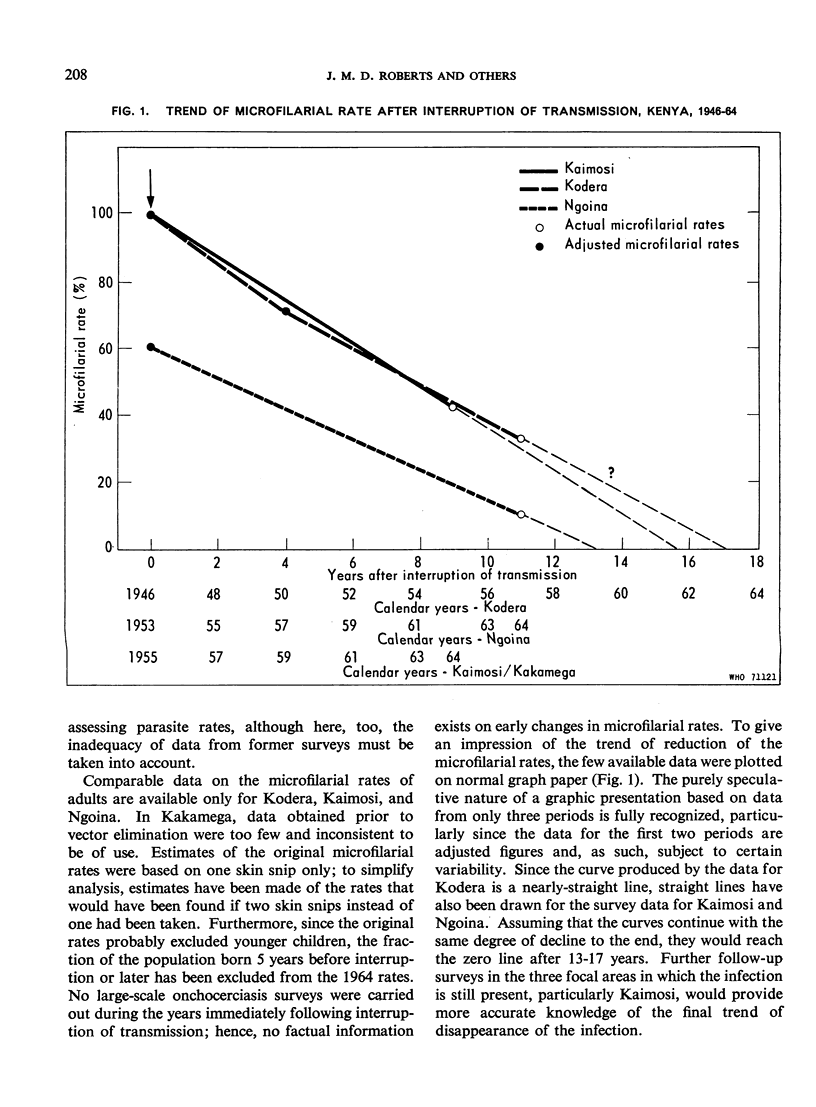
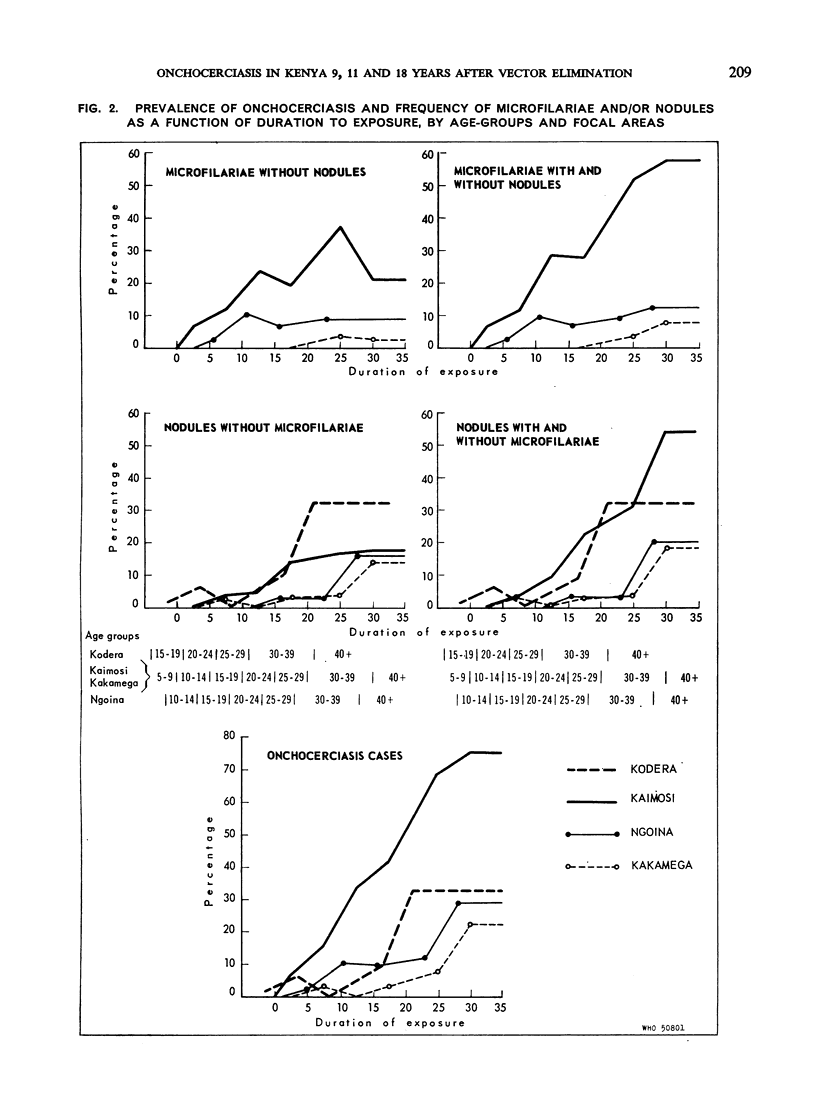
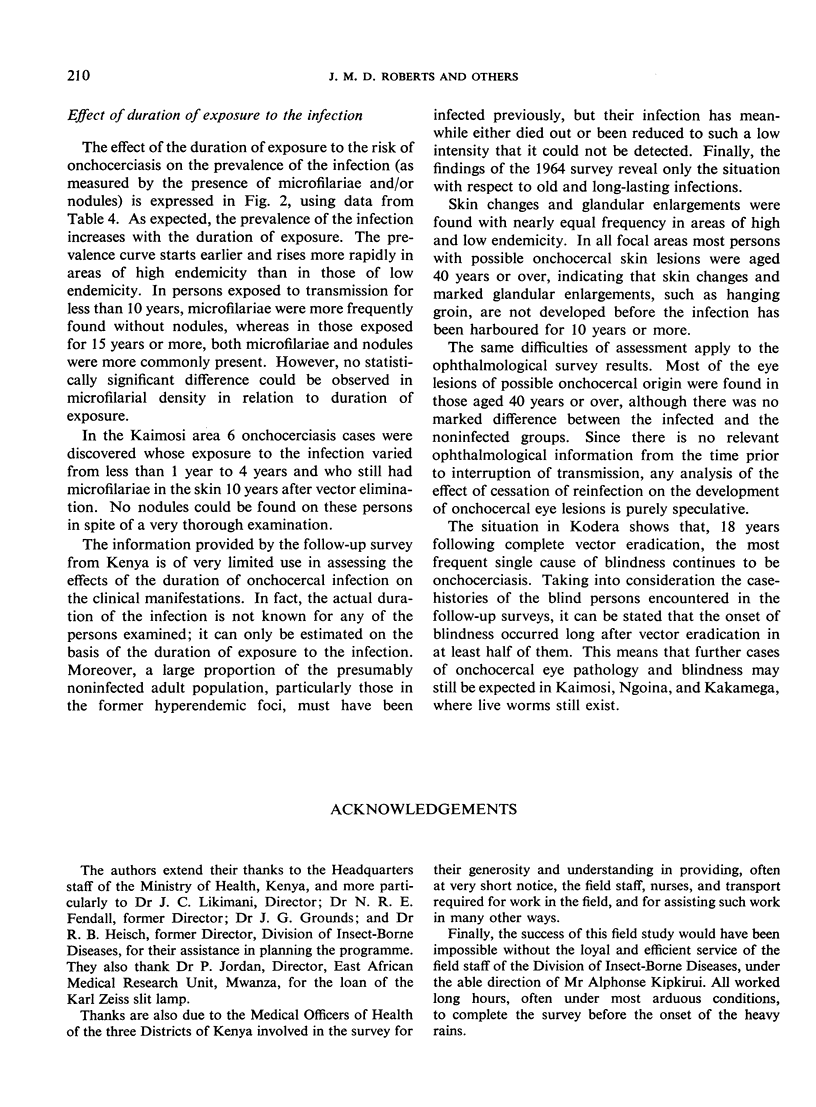
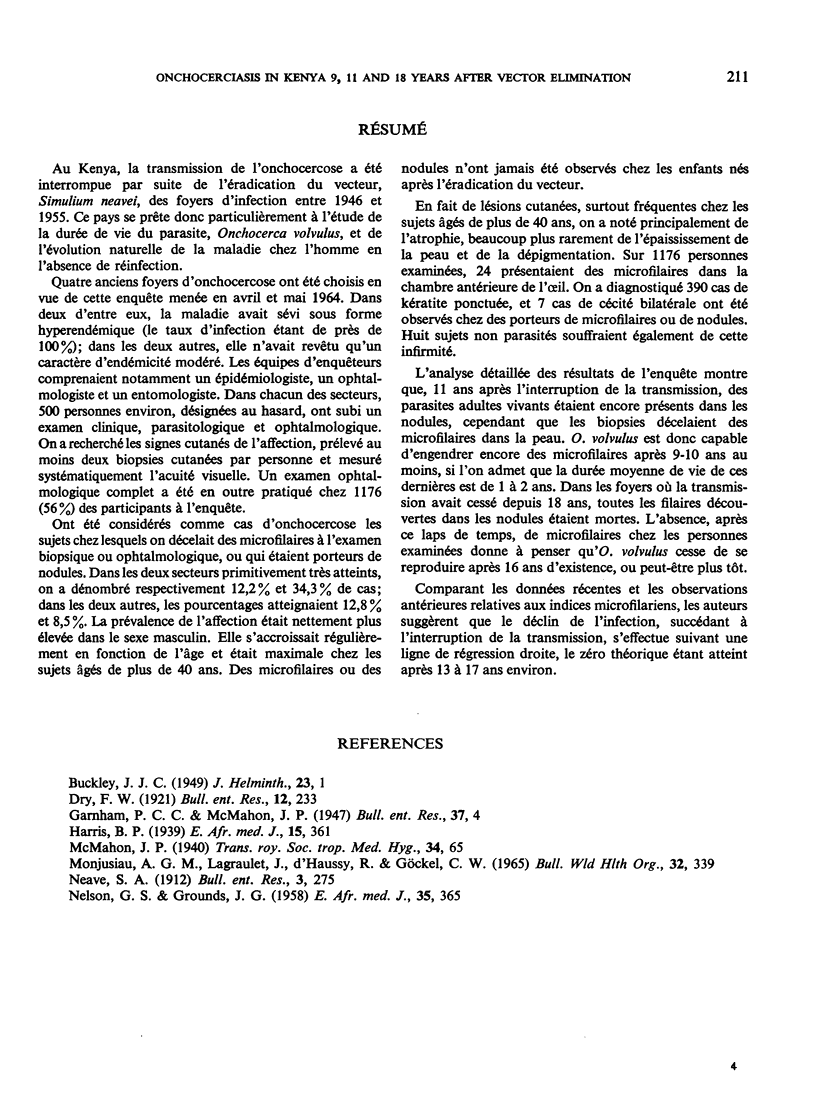
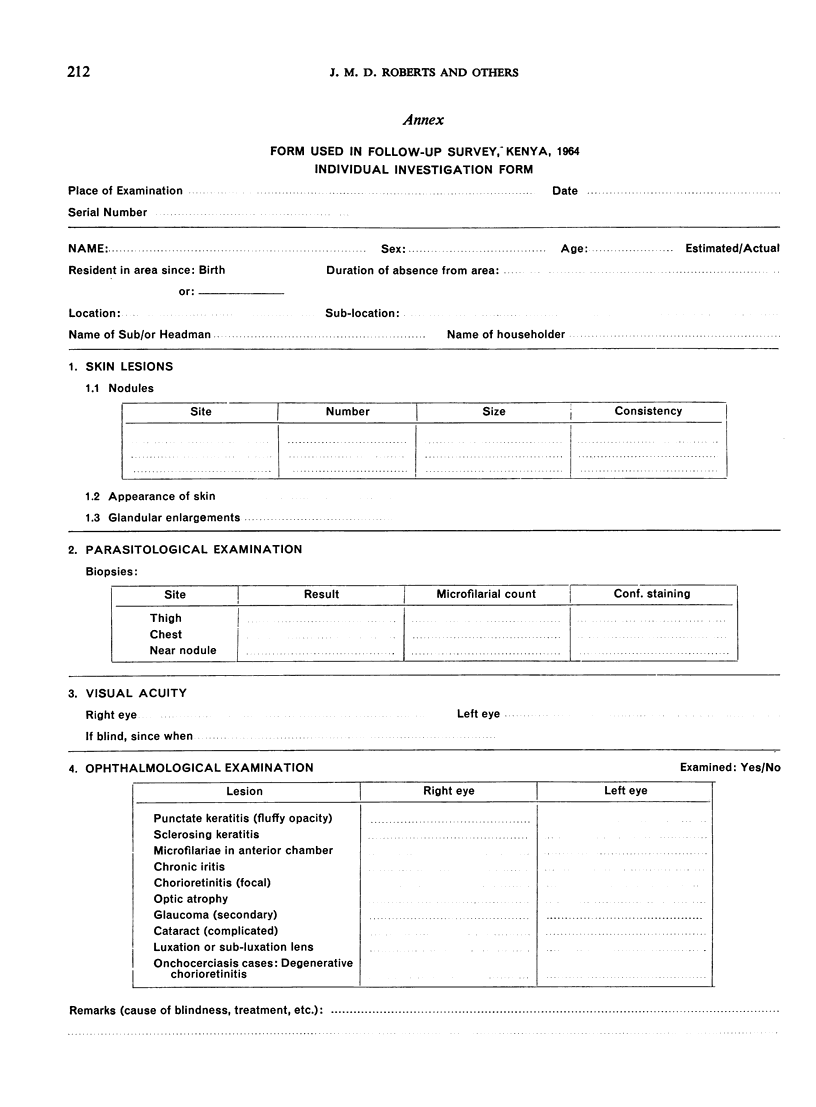
Selected References
These references are in PubMed. This may not be the complete list of references from this article.
- MONJUSIAU A. G., LAGRAULET J., DHAUSSY R., GOECKEL C. W. ASPECTS OPTHALMOLOGIQUES DE L'ONCHOCERCOSE AU GUATEMALA ET EN AFRIQUE OCCIDENTALE. Bull World Health Organ. 1965;32:339–355. [PMC free article] [PubMed] [Google Scholar]
- NELSON G. S., GROUNDS J. G. Onchocerciasis at Kodera eleven years after the eradication of the vector. East Afr Med J. 1958 Jul;35(7):365–368. [PubMed] [Google Scholar]


